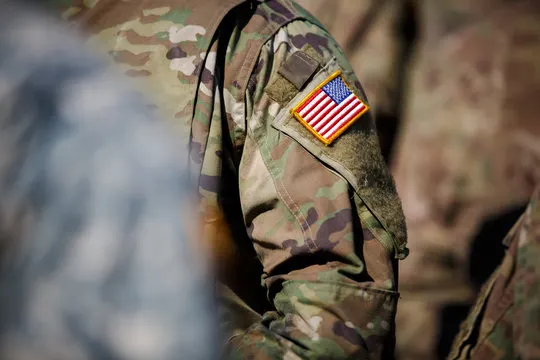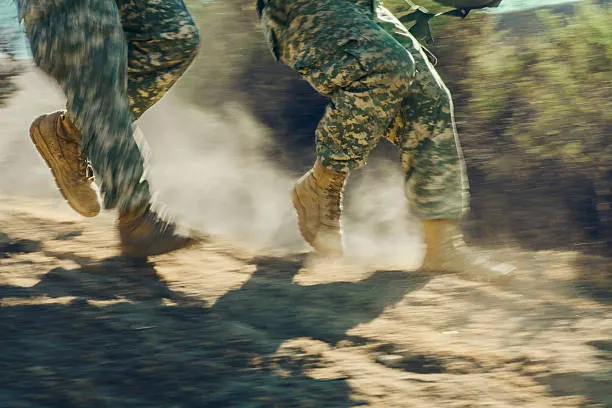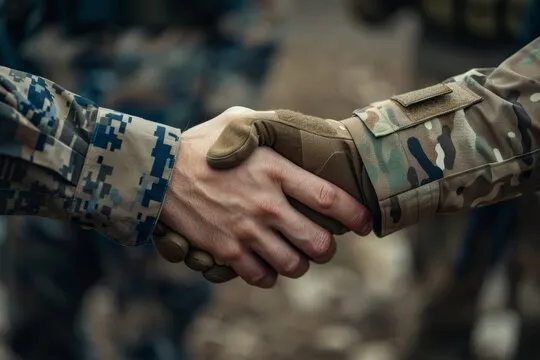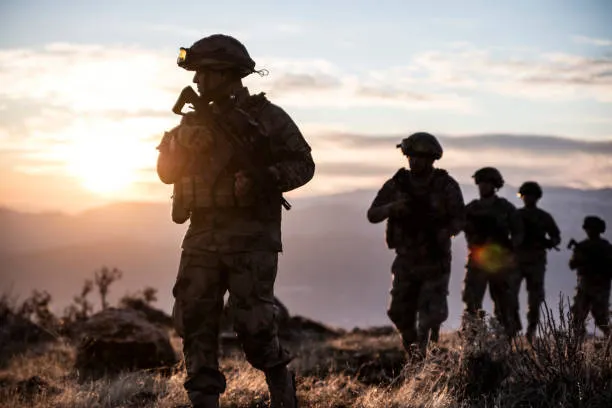The U.S. military is one of the most powerful defense forces in the world. Beyond protecting its own borders, the U.S. plays a crucial role in maintaining peace across different regions. But how exactly does it contribute to global peacekeeping? This article explores the key ways the U.S.-military helps prevent conflicts, stabilizes war-torn nations, and provides humanitarian assistance worldwide.

1. The U.S. Military as a Global Peacekeeper
A Force Beyond Borders
The U.S. military isn’t just about national defense—it actively participates in peacekeeping efforts worldwide. With bases in over 70 countries, the U.S. has a significant presence that helps maintain global stability.
Partnerships with International Organizations
- Works closely with United Nations (UN) peacekeeping missions
- Supports NATO (North Atlantic Treaty Organization) in collective security efforts
- Collaborates with regional allies like the European Union (EU), African Union (AU), and ASEAN
2. Preventing Conflicts Before They Begin
Military Diplomacy and Strategic Alliances
- The U.S. militaries engages in joint military exercises with allied nations to strengthen relationships and readiness.
- It conducts security cooperation programs to help other countries develop strong defense forces.
Deterrence Strategies
- Maintains a strong presence in regions prone to conflicts, such as Eastern Europe, the South China Sea, and the Middle East.
- Uses advanced surveillance and intelligence to detect and prevent potential threats.

3. Counterterrorism and Fighting Global Threats
The War on Terror
Since 9/11, the U.S. militaries has played a leading role in combating terrorism. Operations in Afghanistan, Iraq, Syria, and Africa have targeted terrorist organizations like:
- ISIS (Islamic State of Iraq and Syria)
- Al-Qaeda
- Boko Haram
Special Operations and Intelligence Gathering
- U.S. Special Forces (Navy SEALs, Army Rangers, Green Berets) conduct precision missions against high-value targets.
- Cybersecurity divisions track and prevent terrorist funding and online radicalization.

4. Humanitarian Assistance and Disaster Relief
Quick Response to Natural Disasters
The U.S. militaries is often one of the first responders when disaster strikes globally. It provides:
- Emergency food, water, and medical aid
- Search and rescue operations
- Rebuilding efforts after earthquakes, tsunamis, and hurricanes
Examples of U.S. Military Humanitarian Missions
- 2010 Haiti Earthquake: The U.S. militaries sent aircraft carriers, helicopters, and medical teams to assist in relief efforts.
- 2011 Japan Tsunami: U.S. forces helped evacuate citizens and provided clean drinking water.
- Typhoon Haiyan (2013, Philippines): The U.S. Navy and Marines delivered supplies to millions affected.
5. Supporting Stability in War-Torn Countries
Training Local Forces
- The U.S. military trains and equips local militaries and police forces in Afghanistan, Iraq, and Africa to maintain security.
- Provides weapons, technology, and intelligence-sharing to allies fighting extremist groups.
Nation-Building and Reconstruction Efforts
- Helps rebuild critical infrastructure like roads, schools, and hospitals.
- Assists in democratic transitions by supporting fair elections and governance structures.
6. Protecting International Trade and Security
Ensuring Safe Shipping Routes
The U.S. militaries safeguards global trade routes, ensuring economic stability. It prevents piracy and disruptions in major waterways like:
- The South China Sea (high tensions with China)
- The Strait of Hormuz (key oil supply route)
- The Gulf of Aden (pirate-infested waters)
Cyber Warfare and Digital Security
- Protects against cyberattacks on global financial and defense systems.
- Works with allies to strengthen cyber defense networks against digital threats.

7. Challenges and Criticism of U.S. Peacekeeping Efforts
Controversies in Military Interventions
While the U.S. military plays a major role in peacekeeping, it has faced criticism for:
- Prolonged wars in Afghanistan and Iraq, with debates over their effectiveness.
- Civilian casualties in drone strikes and air operations.
- High military spending, raising concerns over its financial burden on taxpayers.
Balancing Global Leadership and National Interests
- The U.S. often faces diplomatic tensions over its military presence in foreign countries.
- There are debates over whether the U.S. should focus more on domestic issues rather than global military interventions.
Conclusion: The Future of U.S. Military Peacekeeping
The U.S. military will likely continue to play a key role in global peacekeeping, but its strategies must evolve. Future efforts may focus more on:
- Strengthening alliances rather than direct military intervention.
- Increasing humanitarian missions to build goodwill.
- Expanding cybersecurity defenses to combat digital threats.
Despite challenges, the U.S. military remains one of the strongest forces for global peace and security, working to prevent conflicts, fight terrorism, and assist those in need worldwide.






